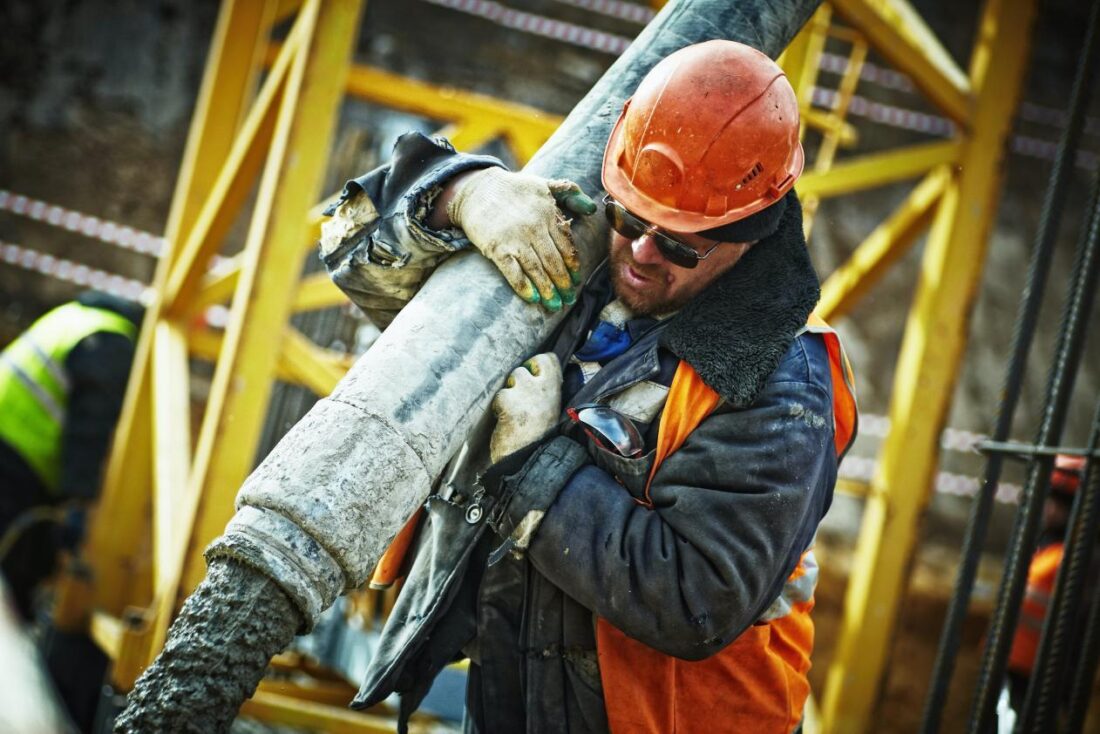
Industrial safety and risk management are crucial components of any industry. Proper safety measures are necessary to prevent accidents and injuries, protect workers, and maintain the safety of the public and the environment. This article will discuss the best practices for ensuring worker safety in various industries and the importance of risk management.
Risk Assessment
Risk assessment is a critical component of industrial safety and risk management. It involves identifying potential hazards, assessing the likelihood and severity of those hazards, and developing appropriate risk management strategies. By conducting a risk assessment, organizations can identify hazards, evaluate potential risks, and develop appropriate controls to mitigate those risks.
A thorough risk assessment should identify all potential hazards, including physical, chemical, biological, and ergonomic hazards. It should also evaluate the likelihood and severity of those hazards, as well as the potential consequences of exposure. By identifying these hazards, organizations can develop appropriate controls to minimize the risk of exposure and reduce the likelihood of accidents and injuries.
There are several steps involved in conducting a risk assessment. The first step is to identify the hazards that exist in the workplace. This may involve conducting a walkthrough of the workplace, reviewing incident reports, and consulting with employees to identify potential hazards, such as cold stress faced by tree professionals.
Once hazards have been identified, the next step is to evaluate the likelihood and severity of those hazards. This may involve reviewing data on workplace injuries and illnesses, consulting with experts, and conducting tests or simulations to evaluate potential risks.
Based on the results of the risk assessment, organizations can develop appropriate controls to mitigate the risks associated with each hazard. This may involve implementing engineering controls, such as installing safety guards or ventilation systems, or administrative controls, such as establishing safety protocols or training programs.
Equipment and Safety Measures
Proper equipment and safety measures are essential in industrial settings to prevent accidents and injuries. Employers should provide appropriate personal protective equipment (PPE), such as safety glasses, hard hats, and gloves, to all employees who may be exposed to hazards. This equipment should be regularly inspected to ensure it is in good condition and replaced as necessary.
In addition to PPE, employers should install appropriate safety measures to prevent accidents and injuries. This may include using safety guards on machinery, installing safety harnesses for employees working at heights, and posting safety signs in areas where hazards exist. Regular inspections should be conducted to ensure that safety equipment and measures are in good condition and functioning correctly.
Employers should also ensure that employees are trained in the proper use of equipment and safety measures. This may include providing training on how to use PPE, how to operate machinery safely, and how to respond to emergencies. Regular training and refresher courses should be conducted to ensure that employees are up-to-date on safety procedures and best practices.
Employers should also have clear policies and procedures in place for reporting safety concerns and incidents. This includes encouraging employees to report safety concerns and near misses, and establishing a clear process for investigating incidents and implementing corrective actions.
Finally, employers should regularly review and update their safety programs and procedures to ensure they are effective and up-to-date. This may involve conducting safety audits, reviewing incident reports, and making adjustments to safety policies and procedures as necessary.
Packaging and Labeling Requirements
Proper packaging and labeling of hazardous materials is crucial in industrial settings. Federal and international regulations govern the packaging and labeling of hazardous materials. Proper identification and labeling of hazardous materials are critical to preventing accidents and injuries in the workplace. Employees who handle hazardous materials should receive training on proper packaging and labeling procedures.
Training and Certification
Proper training and certification are necessary to ensure worker safety and reduce risk. Employees who are properly trained are more likely to identify hazards and understand the appropriate safety measures to take. In some industries, certification is required to operate machinery or handle hazardous materials. Proper training and certification ensure that workers have the necessary skills to perform their jobs safely and efficiently.
Emergency Response Planning
Emergency response planning is necessary to minimize risk and ensure worker safety. Organizations should have an emergency response plan in place to respond to potential emergencies, such as chemical spills or natural disasters. Emergency response plans should be regularly reviewed and updated to ensure they are current and effective.
Hazmat Freight
Hazmat Freight, or the transportation of hazardous materials, presents unique safety risks that require specialized knowledge, equipment, and procedures. Hazmat freight handlers, drivers, and managers must be properly trained and equipped to manage these risks and ensure the safe transportation of hazardous materials. This includes conducting risk assessments, using specialized equipment and safety measures, complying with packaging and labeling requirements, and developing emergency response plans.
Conclusion
In conclusion, proper safety measures are necessary in all industries to ensure worker safety and reduce risk. The best practices for managing risk include conducting risk assessments, using appropriate equipment and safety measures, complying with packaging and labeling requirements, providing proper training and certification, and developing emergency response plans. Organizations that prioritize worker safety and risk management practices will create a safer and more productive workplace for their employees.



